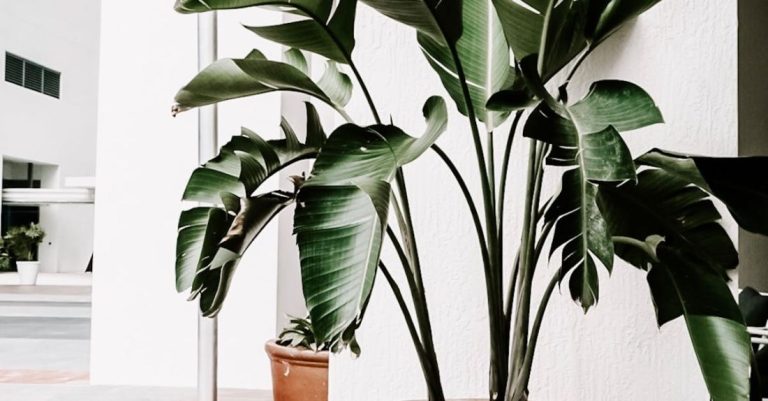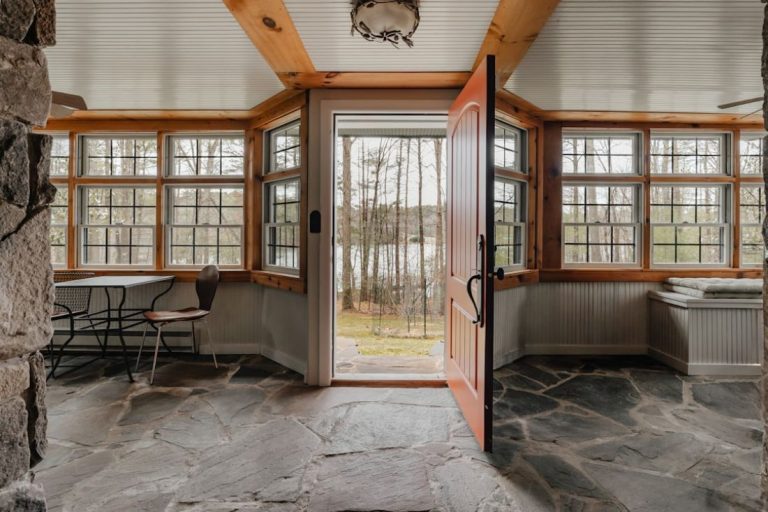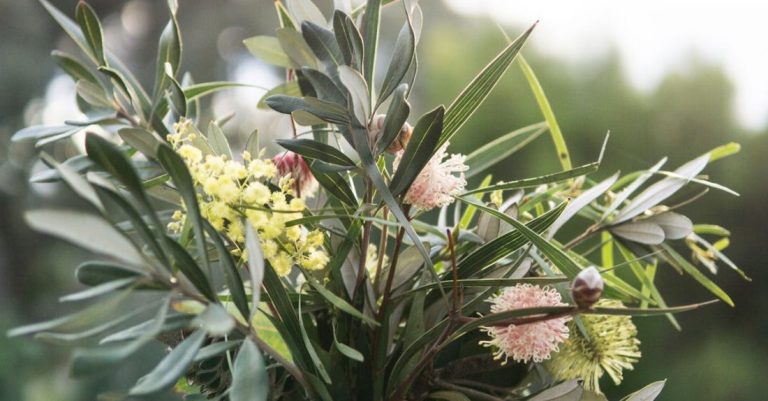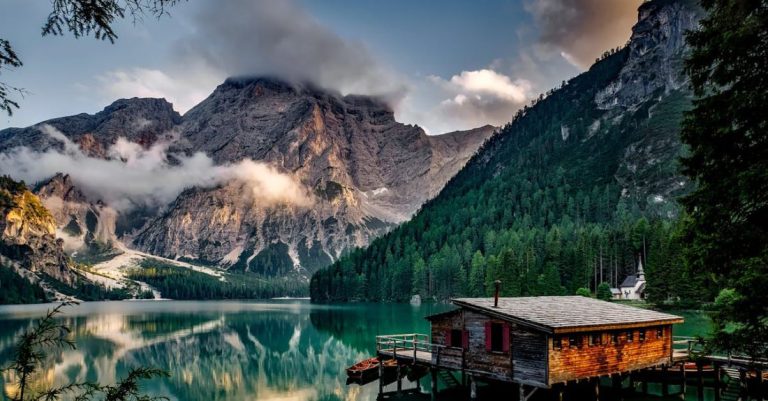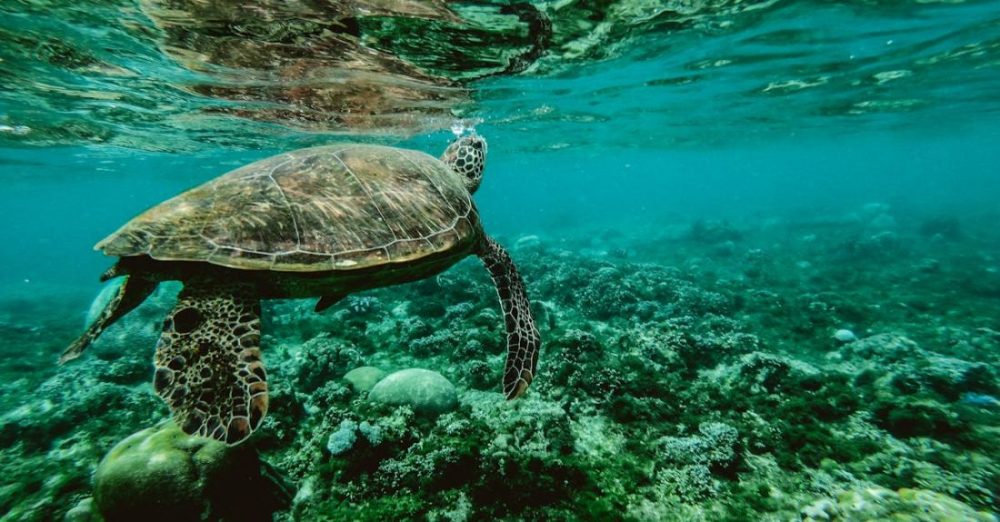
Creating a wildlife-friendly landscape in your backyard is not only beneficial for the environment but also adds charm and vitality to your outdoor space. By incorporating elements that attract and support local wildlife, you can create a thriving ecosystem right outside your door. From native plants to water features, here are some tips on how to plan a wildlife-friendly landscape that will welcome a variety of creatures into your garden.
Choose Native Plants
Native plants are the backbone of a wildlife-friendly landscape. They provide food and shelter for a variety of local wildlife, including birds, bees, butterflies, and other beneficial insects. When selecting plants for your garden, opt for species that are native to your region. Native plants are well-adapted to the local climate and soil conditions, making them easier to care for and more attractive to wildlife. By planting a diverse array of native species, you can create a vibrant and sustainable ecosystem in your backyard.
Create Habitat Diversity
Wildlife thrives in landscapes that offer a variety of habitats. To attract a wide range of creatures to your garden, incorporate different types of habitats such as meadows, woodlands, and water features. Planting a mix of trees, shrubs, and flowers will provide shelter and food for a diverse array of wildlife. Adding bird feeders, birdhouses, and bat boxes can also help attract and support local wildlife populations. By creating habitat diversity in your landscape, you can encourage a healthy and balanced ecosystem to flourish in your backyard.
Provide Water Sources
Water is essential for all forms of life, and providing a reliable water source in your garden can attract a wide variety of wildlife. Installing a birdbath, pond, or small water feature can not only benefit birds and other animals but also add a soothing element to your outdoor space. Make sure to keep the water source clean and filled regularly to ensure that wildlife continue to visit your garden. Adding native aquatic plants can further enhance the habitat and attract a greater diversity of wildlife to your landscape.
Avoid Chemicals
Pesticides, herbicides, and synthetic fertilizers can be harmful to wildlife and disrupt the delicate balance of your ecosystem. To create a truly wildlife-friendly landscape, avoid using chemical pesticides and opt for natural alternatives whenever possible. Integrated pest management techniques, such as attracting beneficial insects and using physical barriers to control pests, can help maintain a healthy garden without harming wildlife. By minimizing the use of chemicals in your landscape, you can create a safe and welcoming environment for wildlife to thrive.
Maintain Sustainable Practices
In addition to avoiding chemicals, practicing sustainable gardening techniques can further enhance the wildlife-friendliness of your landscape. Composting kitchen scraps and yard waste can enrich the soil and reduce the need for synthetic fertilizers. Mulching garden beds can help retain moisture, suppress weeds, and provide habitat for beneficial organisms. Conserving water by using rain barrels or drip irrigation can also help create a more sustainable and wildlife-friendly landscape. By adopting sustainable practices in your garden, you can reduce your environmental impact and create a healthier habitat for wildlife.
Embrace Imperfection
Wildlife-friendly landscapes are not always manicured and perfect. Embracing a more naturalistic approach to gardening can create a…
Creating a wildlife-friendly landscape in your backyard is a rewarding endeavor that can benefit both you and the local ecosystem. By incorporating native plants, creating habitat diversity, providing water sources, avoiding chemicals, maintaining sustainable practices, and embracing imperfection, you can plan a landscape that welcomes a variety of wildlife into your garden. With a little effort and creativity, you can transform your outdoor space into a thriving habitat that supports biodiversity and enhances the beauty of your surroundings.
